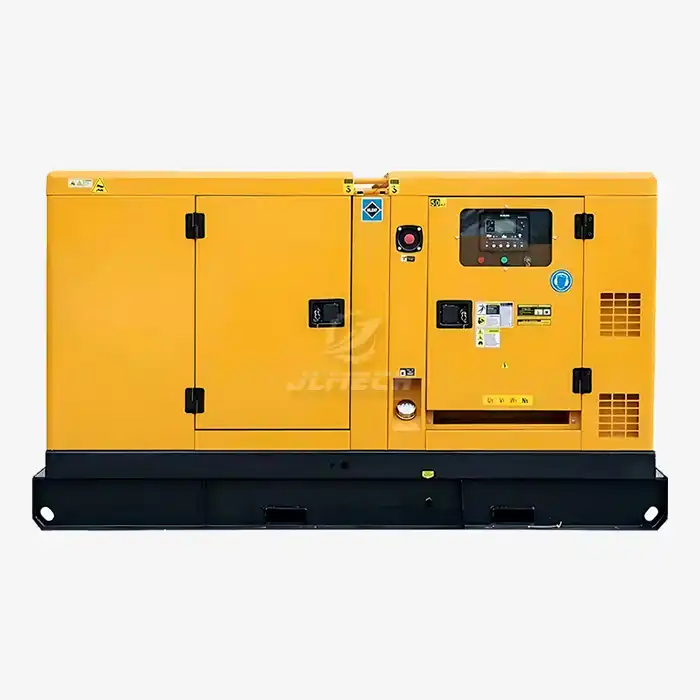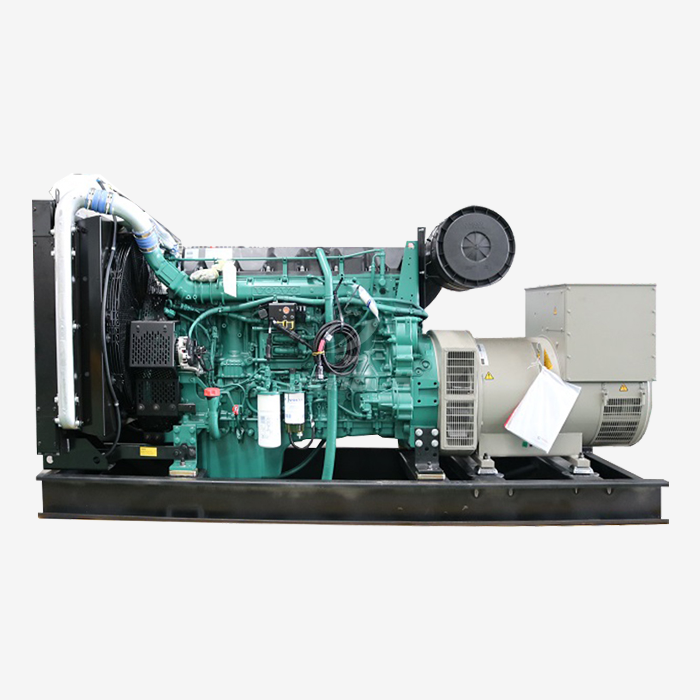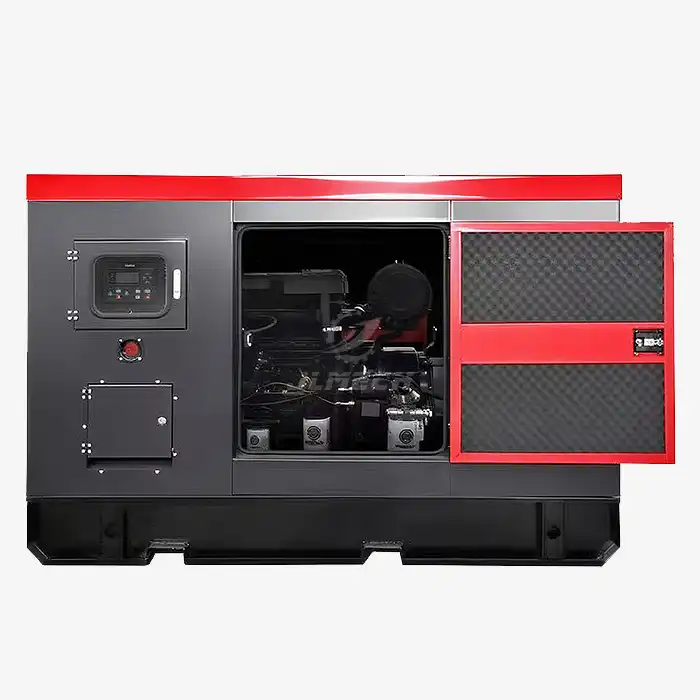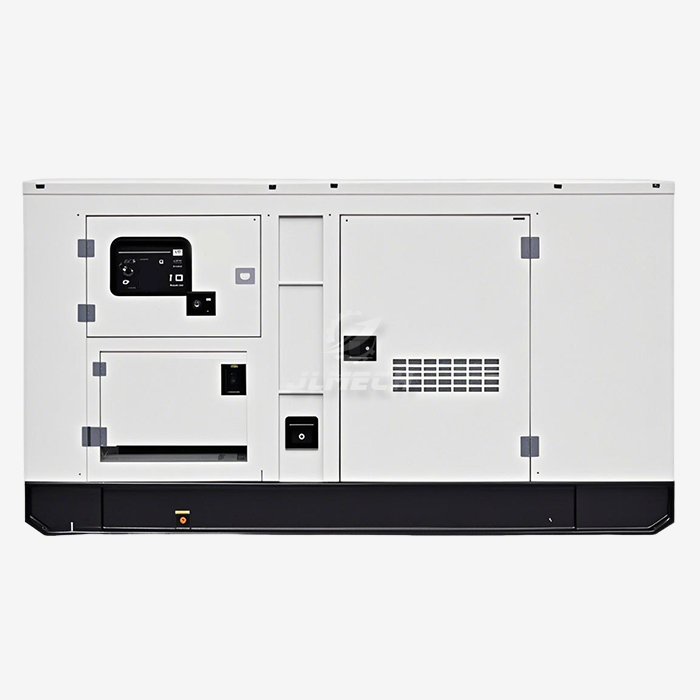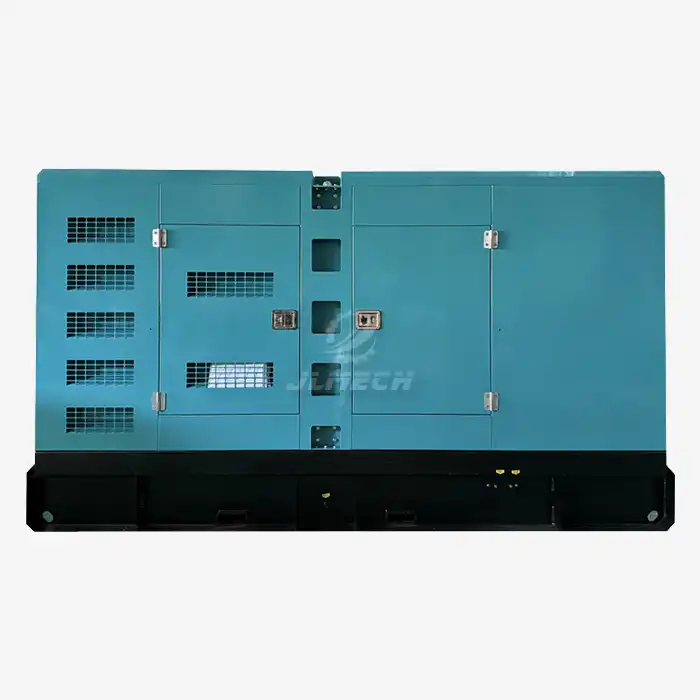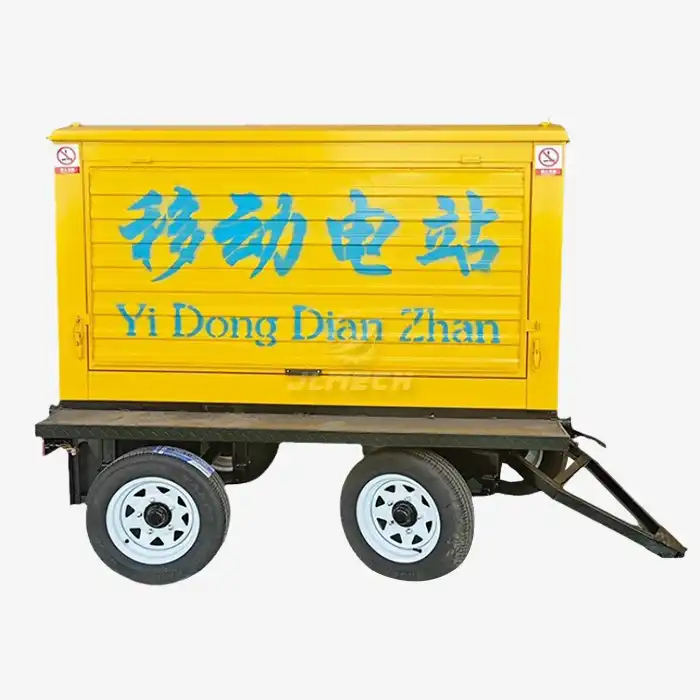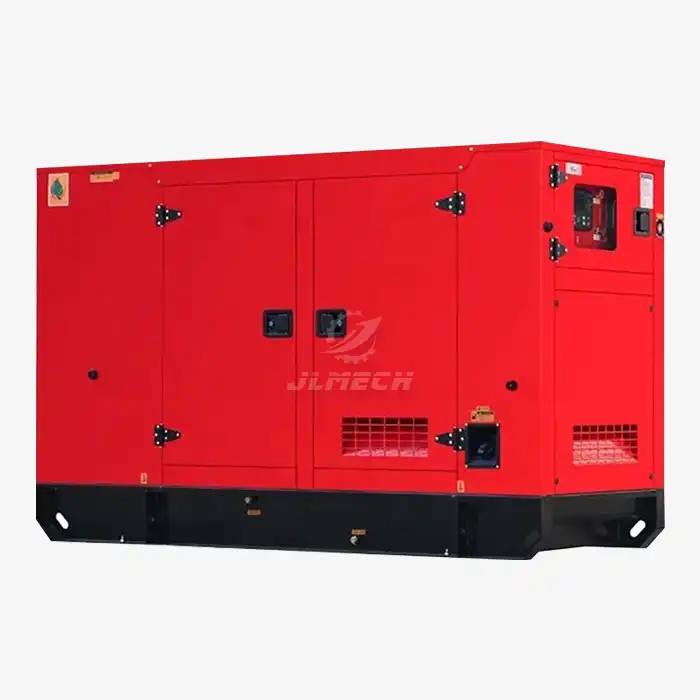What type of pump is used for diesel?
When it comes to diesel engines and fuel systems, selecting the appropriate pumping technology is crucial for ensuring optimal performance, efficiency, and reliability. The term Diesel oil pump actually encompasses several distinct types of pumps, each designed for specific functions within diesel-based systems. Understanding the different pump technologies and their applications helps in selecting the right solution for your particular needs, whether for engine operation, fuel transfer, or industrial processes. This comprehensive guide examines the various pump types used in diesel applications, their working principles, and key selection criteria to inform your decision-making process.

Understanding Pump Functions in Diesel Systems
Diesel pumps serve two primary functions in power generation and industrial applications. Within diesel engines, the Diesel oil pump plays a critical role in the engine's lubrication system, ensuring proper oil circulation to prevent friction and overheating . Meanwhile, fuel transfer pumps are responsible for delivering diesel from storage tanks to engines or between locations in industrial settings. Understanding this fundamental distinction between lubrication and fuel transfer applications represents the first step in proper pump selection, as each function demands different pump characteristics and capabilities.
Fuel Transfer and Injection Pumps
Diesel fuel systems employ several pump technologies designed for specific functions and performance requirements:
Piston Pumps: These positive displacement pumps use reciprocating pistons to move fuel. One common design found in diesel engines is the piston-type fuel transfer pump, which works to overcome flow resistance in pipelines and deliver fuel from the tank to the injection system . Their robust construction makes them suitable for high-pressure applications.
Gear Pumps: Utilizing two meshing gears within a closely-fitted housing, these pumps create flow by trapping fluid between gear teeth and the pump casing . While sometimes used for fuel transfer, they're particularly common in engine lubrication systems. A potential limitation is the "oil trapping phenomenon" , where trapped fluid between meshing gears causes pressure increases, though this is typically addressed through designed relief mechanisms .
Rotary Pumps: This category includes various designs such as vane and rotor-type pumps. Rotor-type oil pumps are valued for their compact structure and reliable operation in diesel engine lubrication systems . Their performance is significantly influenced by the profile and number of teeth of the inner and outer rotors.
Injection Pumps: Diesel engines employ various fuel injection systems, each with specialized pump technology:
In-Line Pumps: Feature individual pumping elements for each cylinder and are known for durability, though they tend to be larger in size .
Distribution Pumps: Use a single pumping element that distributes fuel to all cylinders, making them more compact than in-line designs .
Unit Injector Systems: Combine the pump and injector into a single unit, capable of generating very high injection pressures .
Common Rail Systems: Utilize a high-pressure pump that supplies fuel to a shared manifold (rail), with electronically controlled injectors . This system allows for precise injection timing and pressure control.
Selection Criteria for Diesel Applications
Choosing the appropriate Diesel oil pump requires careful consideration of several application-specific factors:
Flow Rate Requirements: Determine the necessary volume of diesel transfer per unit of time. Industrial diesel pumps can offer flow rates ranging from 0.83m³/h to 1600m³/h depending on the specific design and application needs .
Pressure Specifications: Assess both the intake and discharge pressure requirements. Different pumping technologies offer varying pressure capabilities, with some industrial applications requiring pressures up to 2.0MPa .
Power Source Availability: Consider whether electric, diesel engine, or other power sources are available and appropriate for your application. Diesel-powered pumps offer particular advantages in remote locations or emergency scenarios where electrical power is unavailable or unreliable .
Environmental Conditions: Account for operating temperature range (some pumps can handle -20℃ to 80℃ ), potential exposure to corrosive elements, and ambient conditions that could affect performance.
Fluid Characteristics: Consider the viscosity, temperature, and potential contamination levels of the diesel fuel being pumped, as these factors significantly impact pump selection and performance.
Industrial Diesel Pump Applications
Diesel oil pump technologies serve critical functions across numerous industries and applications:
Agriculture and Irrigation: Diesel-powered pumps provide irrigation capabilities in remote agricultural areas without electrical infrastructure, with some models capable of servicing hundreds of hectares of farmland .
Mining and Construction: These industries rely on rugged diesel pumps for dewatering, slurry transfer, and various fluid handling tasks in challenging environments where reliability is paramount.
Fire Protection and Emergency Response: Many regions mandate diesel-powered fire pumps in commercial and industrial facilities as they ensure operational capability during power outages, with some models offering rapid response times that exceed electric alternatives.
Industrial Processing: Diesel pumps handle various processing tasks including boiler feed, liquid transfer, and temperature control across multiple industries including food processing and manufacturing .
Water Management: From flood control to wastewater treatment and distribution systems, diesel pumps provide critical fluid handling capabilities, with some models specifically designed to handle solid particles in drainage applications .
Installation and Maintenance Considerations
Proper installation and maintenance are essential for maximizing the service life and performance of any Diesel oil pump system:
Installation Requirements: Follow manufacturer specifications for proper pump positioning, alignment, and connection to associated systems. Some industrial pumps feature designs that allow for maintenance without disconnecting piping, significantly reducing service downtime .
Preventive Maintenance: Implement regular inspection and maintenance schedules including seal checks, bearing lubrication, and filter replacement to prevent unexpected failures and extend service life.
Troubleshooting Common Issues: Be prepared to address typical pump problems including loss of prime, reduced flow rates, unusual noises, or leakage, which may indicate wear or necessary adjustments.
Repair Procedures: Certain maintenance tasks, such as oil pump replacement in diesel engines, require specific procedures including proper bolt torque sequences (for instance, oil pump bolts may need tightening to 25 Nm ) and component alignment to ensure optimal performance.
Technical Advancements in Diesel Pump Technology
The evolution of Diesel oil pump systems continues to deliver improved performance, efficiency, and control capabilities:
Electronic Control Systems: Modern diesel injection pumps increasingly incorporate electronic management, replacing traditional mechanical governing systems with precise digital control that improves response time and operational accuracy .
Material Innovations: Advanced materials including specialized stainless steels, composites, and corrosion-resistant alloys extend pump life in demanding applications and challenging environments .
Efficiency Optimizations: Ongoing refinements in pump hydraulics, sealing technologies, and bearing systems contribute to reduced energy consumption and improved overall efficiency.
Smart Monitoring Capabilities: Integration of sensors and monitoring systems enables real-time performance tracking, predictive maintenance alerts, and remote operation capabilities for enhanced operational control.
Comparative Analysis of Pump Technologies
Understanding the relative advantages of different diesel pump types facilitates informed selection decisions:
Gear Pumps offer simplicity and reliability for lubrication and moderate-pressure fuel transfer applications, though they may have limitations in handling high-viscosity fluids at extreme temperatures .
Piston Pumps provide high-pressure capability and efficiency for demanding injection applications, though they typically come with higher complexity and cost .
Rotary Pumps deliver smooth, continuous flow with good efficiency across various operating conditions, making them suitable for multiple diesel handling applications .
Centrifugal Pumps excel in high-flow, lower-pressure applications like irrigation and water transfer, with some industrial models capable of handling over 10,000m³/h .
The optimal Diesel oil pump selection ultimately depends on carefully weighing these characteristics against your specific application requirements, operating conditions, and budget constraints.
Conclusion
Selecting the appropriate pump for diesel applications requires careful consideration of multiple factors including operating pressure, flow requirements, fuel characteristics, and environmental conditions. From robust piston and gear pumps for engine lubrication and fuel injection to advanced electronically controlled systems for precise fuel delivery , the right Diesel oil pump technology significantly impacts system performance, efficiency, and reliability. Understanding the various pump types, their applications, and proper maintenance requirements enables informed decisions that optimize operations, reduce downtime, and extend equipment life across diverse diesel applications.
Our technical team specializes in helping clients select and maintain the ideal pumping solutions for their specific diesel system requirements. For personalized assistance with your Diesel oil pump needs, contact our experts at skala@whjlmech.com.
References
Johnson, M. (2022). Emergency Power Systems: A Comprehensive Guide to High-Speed Diesel Generators. Power Engineering Quarterly, 45(3), 78-92.



